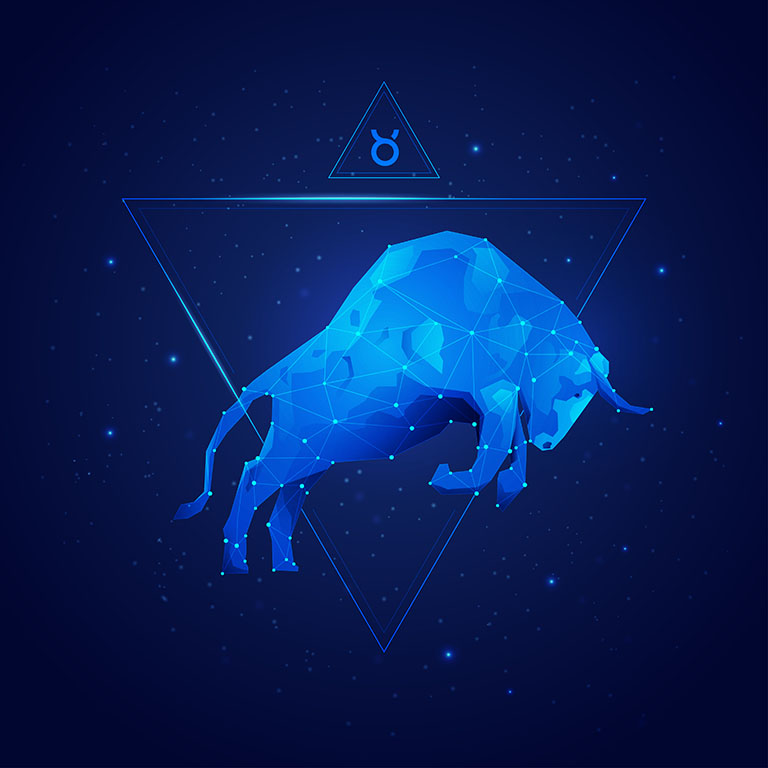For immediate release: May 1, 2021
BLOOMINGTON, Ind. After lingering close to the horizon for weeks, the planets will be easier to find during May.
Mercury and Venus will be visible above the western horizon soon after sunset this month in the constellation Taurus the Bull. This will be Mercury's best evening display of the year. On May 2 the small planet will be less than 3 degrees below the Pleiades star cluster, a fine sight in 7x50 binoculars. Mercury will reach its greatest separation from the sun on May 17, when it will be 22 degrees from the solar disk
Venus will be 5 degrees below Mercury as the month begins, tricky to spot in twilight though it is much brighter. See if you can find Venus 30 minutes after sunset, when it will be 2 degrees high. It will set quickly, so you'll need a clear western horizon to see it.
On May 28 Mercury and Venus will be closest, less than 1 degree apart and setting an hour after the sun. Use binoculars to pick out dimmer Mercury in the bright twilight. After their close conjunction, Venus will continue to climb higher while Mercury sinks back toward the sun.
Mars will cross the constellation Gemini the Twins during May. The Red Planet will appear so small that surface details will be difficult to see with a telescope.
Saturn and Jupiter will be highest during morning twilight, the best time to view them with a telescope. Saturn will rise around 2:30 a.m. local time on May 1 and 1 a.m. on May 31. Its largest moon, Titan, will be visible in any telescope. Look for Titan south of Saturn on May 7 and 23 and north of the planet on May 15 and 31.
Jupiter will rise 45 minutes after Saturn. During the last week of the month it will be 30 degrees high at the start of morning twilight, offering clear views of its cloud belts in a telescope while avoiding some of the blurring effects of our own atmosphere. The giant planet's four Galilean moons can be seen with a telescope most clear nights.
Lunar eclipse
A total eclipse of the moon will occur early on May 26. It will be visible across the western half of North and South America, the Pacific Ocean, Australia and eastern Asia. In the American Midwest the moon will be about 10 degrees above the western horizon when it enters Earth's shadow at 4:44 a.m. CDT. Totality will begin at 6:11 a.m. CDT, just as the moon is setting or soon after it has disappeared. Observers in the Mountain and Pacific time zones will have a better chance to see the entire eclipse.
Meteor shower
This month Earth will encounter a stream of dust left behind in space by Comet Halley, causing the Eta Aquarid meteor shower that will peak before dawn on May 6. The shower will be active for a few days before and after the peak as well. The meteors will appear to come from a point called the radiant in the constellation Aquarius, which will rise in the east about three hours before dawn. The higher this point is above the horizon, the more meteors will be visible. The crescent moon will not interfere with the display of meteors. Observers in the Northern Hemisphere may see 50 meteors per hour under good viewing conditions, because Aquarius will be close to the eastern horizon. Those watching in the Southern Hemisphere will see Aquarius much higher in the sky, and there may be twice as many meteors per hour at the peak.
Moon phases
The moon will be at last quarter on May 3, new on May 11, at first quarter on May 19, and full on May 26.
Author: Hal Kibbey Email: hkibbey [at] gmail.com


 The College of Arts
The College of Arts